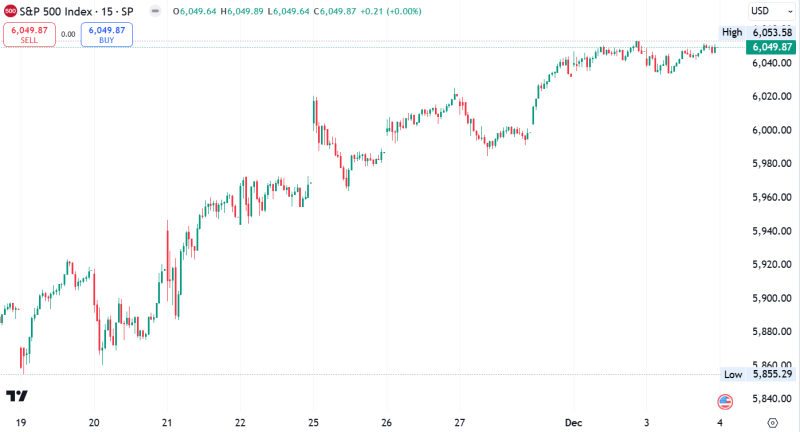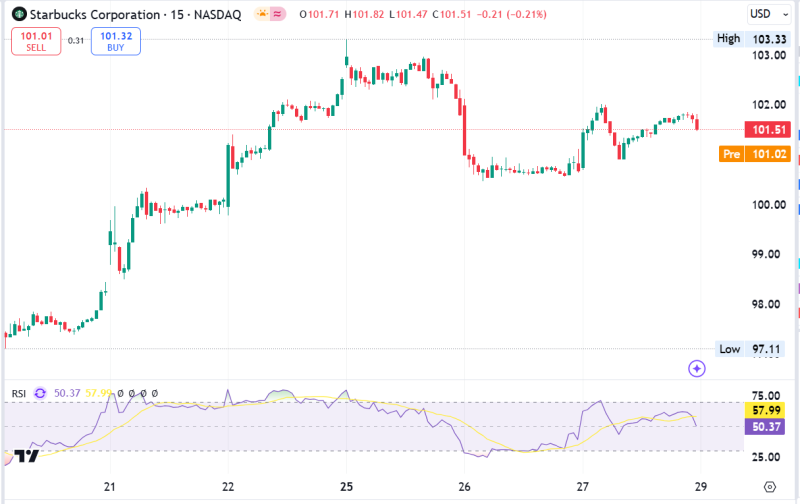
Authorized Stock: Everything You Must Know About
Understanding authorized stocks and managing the gap between authorized and outstanding shares is crucial for corporate governance, financial planning, and strategic flexibility. It impacts everything from employee compensation to the company’s ability to expand and protect itself from takeovers.
What are authorized stocks?
Authorized stock or authorized shares represent the maximum number of shares a corporation can issue as outlined in its articles of incorporation. This figure sets the limit on how many shares the company can sell to investors.
Authorized stocks serve as a cap, ensuring that the corporation doesn’t exceed a predefined number of shares in its financial dealings.
Authorized vs Outstanding Stocks
While authorized stock represents the cap set by a company’s articles of incorporation, outstanding stocks are those shares that the company has actually issued and are currently held by investors.
This includes shares available to the public (float) and restricted shares but excludes those held in the treasury. The difference between authorized and outstanding stocks gives a company room to issue more shares in the future.
Understanding Authorized Stocks
Authorized stocks form the foundation of a corporation’s equity structure, determining the maximum number of shares it can issue.
This total includes all classes of stock, such as common and preferred shares. The authorized number provides flexibility for various corporate actions, including issuing new shares during an initial public offering (IPO) or secondary offering.
Example of Authorized Stock
For instance, a company might have 100 million authorized shares in its articles of incorporation. At its IPO, it decides to issue 50 million shares to the public.
The remaining 50 million shares remain unissued, giving the company the flexibility to issue more shares in the future without altering its articles of incorporation. Or let’s take a concrete example of Amazon’s authorized stocks.
Amazon.com Inc.’s latest annual report, ending December 31, 2019, shows that the company’s number of authorized shares is 5.5 billion, each valued at $0.01. This total divides into 500 million preferred shares and five billion common shares, each at $0.01.
Out of the five billion common shares, the company had issued additional shares and had outstanding 498 million shares by the annual report’s date. The remaining 4.5 billion shares are unissued, falling within the authorized stock category. The company’s management can issue these shares if needed.
Why a Company Might Not Issue All of Its Authorized Shares
Companies often refrain from issuing all their authorized shares to retain flexibility for future needs. Unissued shares allow a company to issue stock options to employees, execute secondary offerings, or fend off hostile takeovers by maintaining a controlling interest.
Importance of Unissued Authorized Stock
Unissued authorized stock plays a critical role in a company’s strategy. It enables the issuance of share options and warrants as part of stock option plans, offering incentives to employees. Additionally, it provides the ability to raise capital on short notice, helping the company respond to unforeseen financial needs.
Specific Costs of Increasing Authorized Stock
Increasing the number of authorized stock often involves legal fees, filing fees, and the cost of holding a shareholder meeting to approve the change.
Financial analysis is necessary to understand the implications of such an increase, including potential stock dilution and its impact on earnings per share. This decision requires careful consideration as it affects the company’s financial structure and shareholder value.
Factors to Consider for Selecting Authorized Stocks
Limiting Issued Shares:
The total number of authorized shares sets a limit on share issuance.
Issued shares never exceed authorized shares, maintaining ownership structure control.
Future Financing Capability:
Companies keep unissued authorized shares to raise capital in the future.
This reserve supports financial growth and stability by allowing new share issuance when needed.
Defense Against Takeovers:
Unissued authorized shares protect against hostile takeovers.
Not issuing all authorized shares keeps control and prevents ownership dilution.
Reserved Shares for Strategic Planning:
Companies often set aside unissued authorized shares for specific uses.
These reserves offer flexibility for future employee stock option plans.
Stock Option Plans and Reserved Shares:
Reserved shares cater to stock option plans, attracting and retaining talent.
Issuing these shares usually connects to stock option plan execution.
Strategic Issuance through Warrants:
Unissued authorized shares can be issued through stock warrants.
This allows strategic engagement with third parties and controlled equity distribution.
Special considerations
The number of issued shares always matches or falls below the total authorized shares. Companies keep these numbers different for flexibility to issue more shares for future financing needs.
Holding back authorized shares also serves as a defense strategy to keep a controlling interest and fend off hostile takeovers by not issuing a majority of shares.
Companies might set aside unissued authorized shares as reserved for future stock option plans or issue them through stock warrants to third parties.
Knowing the difference between authorized and outstanding shares helps investors make precise financial ratio calculations. Using outstanding shares for earnings per share (EPS) calculations can overstate gains, while using authorized shares could significantly understate a loss.
Investors need to understand these financial and corporate accounting concepts to accurately assess a company’s financial health and performance.
The post Authorized Stock: Everything You Must Know About appeared first on FinanceBrokerage.










